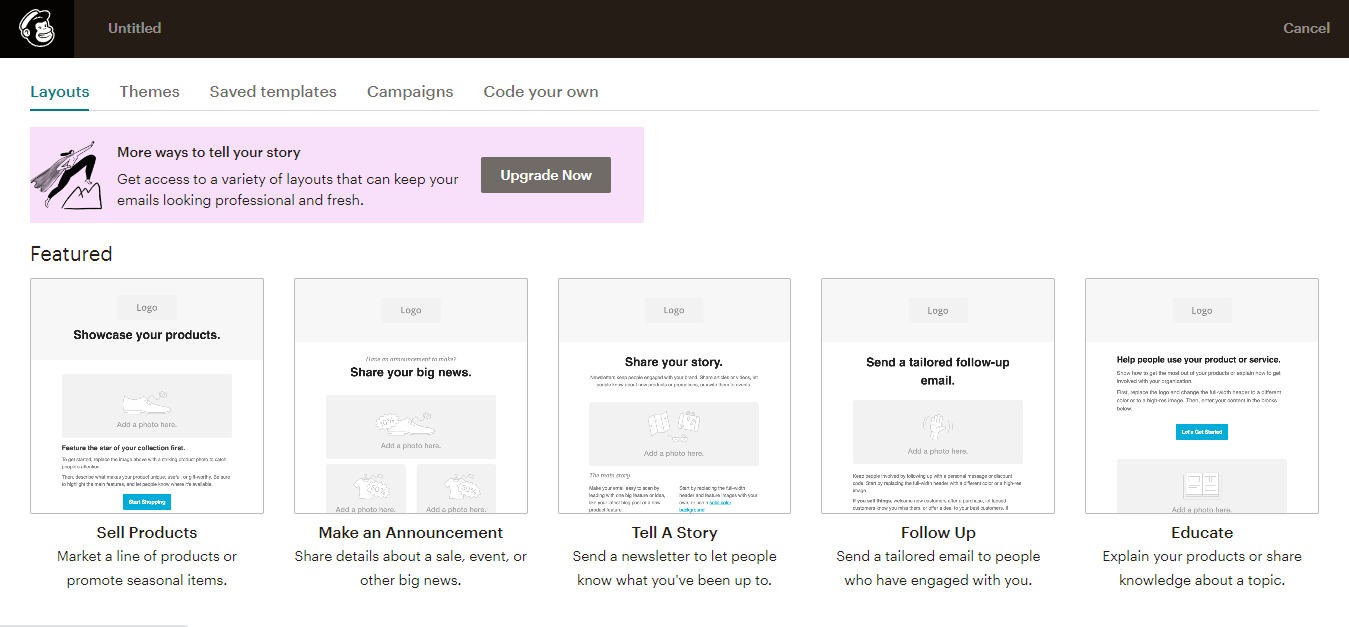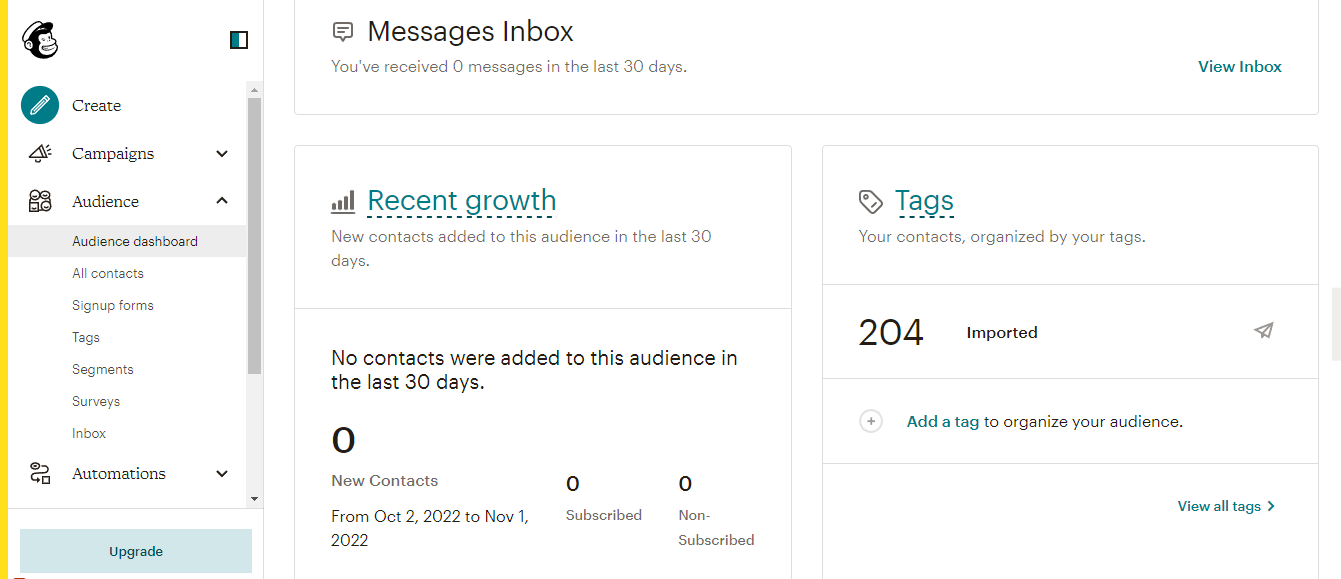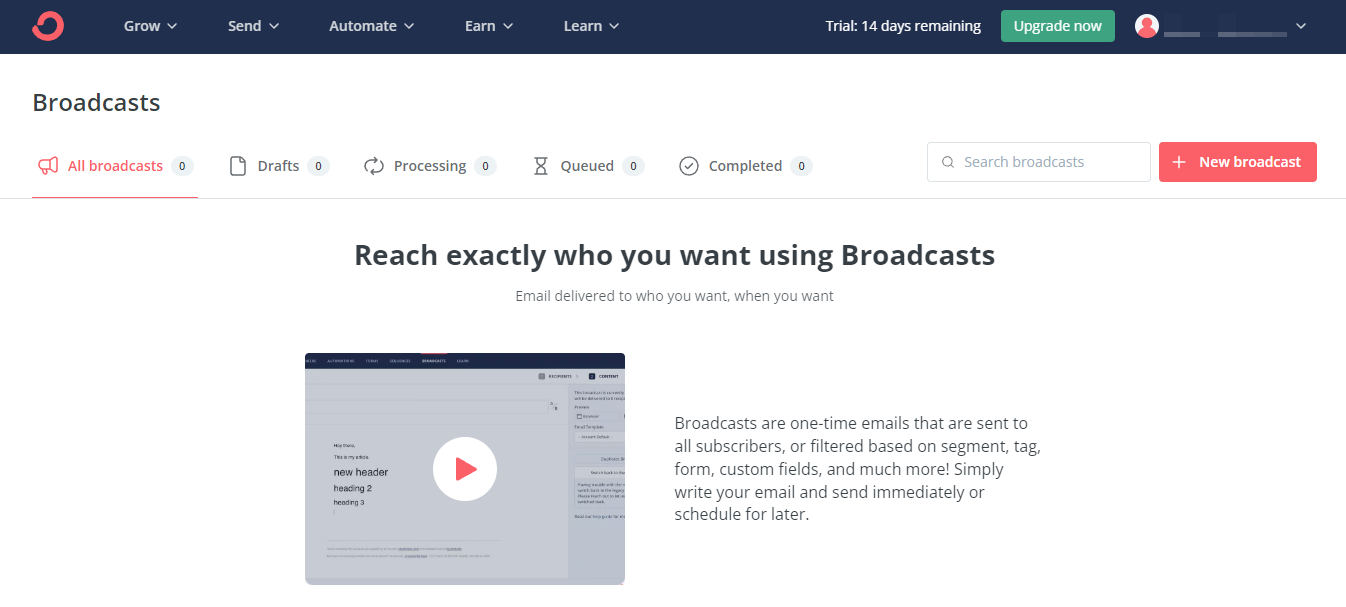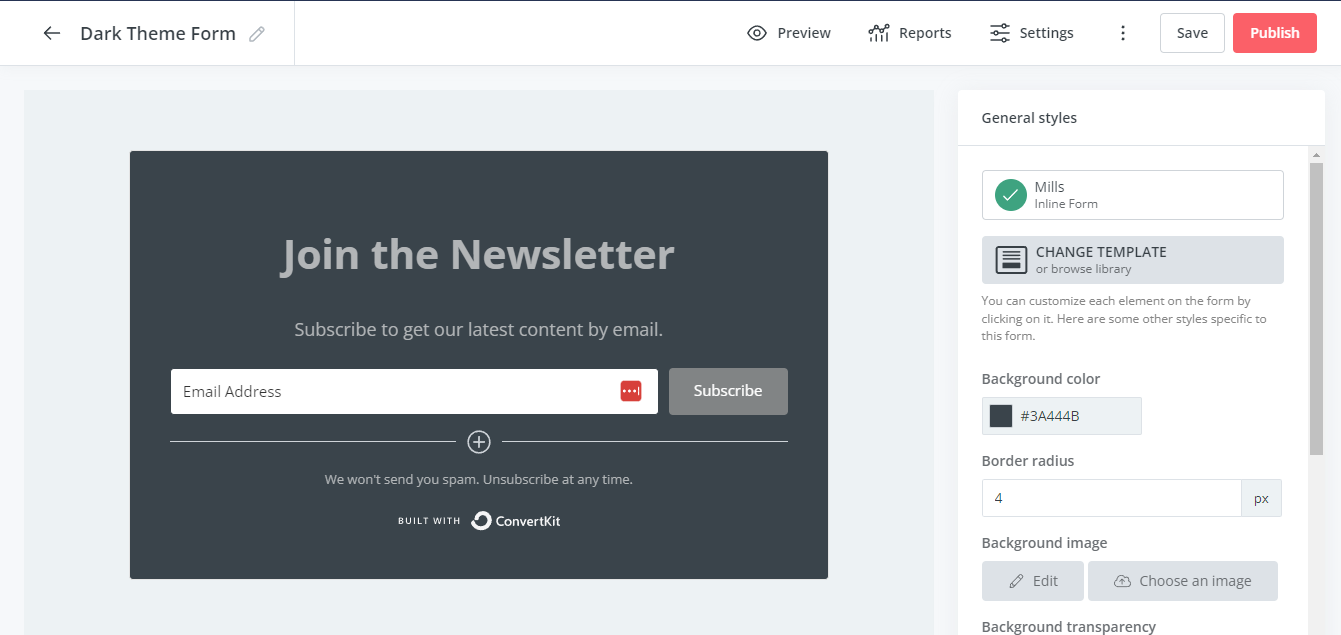Mailchimp vs Convertkit: 2025 Features Comparison
We compare these leading email marketing platforms.

Email marketing software is a vital tool for every business that wants to build a strong relationship with their customers. They make it easy to craft and deliver visually-appealing emails to many subscribers at the click of a button. Without them, you’d have to type each subscriber’s email address manually before sending, which is futile.
There are many well-known email marketing tools, such as MailChimp and ConvertKit. MailChimp is the most popular email marketing software globally, with over 13 million users. ConvertKit is also popular, but not as popular as MailChimp.
We want to see how MailChimp and ConvertKit stack against each other. We’ll compare them based on critical factors like features, pricing, performance, and customer support. After reading this review, you can check out our previous MailChimp review and ConvertKit review for more information.

Features
MailChimp is a web-based, software-as-a-service (SaaS) platform. It lets you send emails to as many subscribers as you have at the click of a button. You can use a shared IP address or a dedicated IP address to send emails, although the latter comes with an additional fee. A dedicated IP address increases the chances of your emails getting delivered because you won’t be implicated by the wrong actions of other users, e.g., spam, on a shared IP address.
You can import an existing subscriber list into MailChimp or build a new one. Just download the email list from your previous platform as a CSV file, upload the file to MailChimp, and it’ll extract all the email addresses automatically. To build a new list, MailChimp lets you create and embed forms on your website or social media pages. Any email address inputted on that form will be automatically added to your email list.
ConvertKit offers similar email features as MailChimp. You can import a subscriber list as a CSV file or create and embed forms on your website. You can get a dedicated IP address to send emails. The platform also provides email templates to help you create visually-appealing emails (MailChimp offers a similar feature).
Where ConvertKit and MailChimp stand out is in the extra features they offer. For instance, MailChimp offers a tool that lets users create landing pages and online stores or schedule appointments on their websites. ConvertKit also offers tools to let you sell your digital products under different payment plans (subscriptions, one-time, etc.).
Sign up to the TechRadar Pro newsletter to get all the top news, opinion, features and guidance your business needs to succeed!

Performance
MailChimp is primarily a web-based tool, but there are mobile apps for iOS and Android. These apps are beneficial because they help you manage your email campaigns on the go. However, they don’t grant access to the full feature set of the web-based interface.
ConvertKit is also primarily a web-based tool– there’s no mobile app for it. This means it can be less convenient to use ConvertKit when you’re commuting or traveling.
MailChimp packs many features into an intuitive interface that you can easily navigate. A good thing we observed is the drag-and-drop builder that makes it easy to create visually-appealing emails just like you’re building a website. There’s a reason why MailChimp is very popular, and we think it’s user-friendliness.
ConvertKit is also a user-friendly tool with a simple interface. However, we consider MailChimp superior in this category because it’s the only one that offers mobile apps to use the platform conveniently on the go.

Support
MailChimp provides direct support through email, phone, and live chat, but the options available depend on what plan you pick. Only the most expensive premium plan comes with phone support, but all plans come with live chat and email support. MailChimp even offers email support to free users for the first 30 days of their use.
The MailChimp help center contains a comprehensive set of tutorials and user guides to help users navigate the platform. Likewise, there's an official marketplace to hire vetted MailChimp experts to help your brand.
ConvertKit offers support through email and live chat– there’s no phone support option. The platform has a dedicated team of “product specialists” around the globe that reply to customer inquiries. You can also access the official knowledge base for articles and video tutorials concerning all ConvertKit’s features. Likewise, there’s an official community forum where you can interact with and seek help from other ConvertKit users.
We consider MailChimp the better option in this category as it’s the only one offering phone support.

Pricing
Both MailChimp and ConvertKit offer free versions that anyone can use. MailChimp’s free tier supports a maximum of 500 email subscribers, while ConvertKit’s free tier supports a maximum of 300.
MailChimp has three premium plans; Essentials, costing $11 / £11 / AUD$16 per month, Standard for $17 / £17 / AUD$25 per month, and Premium for $299 / £299 / AUD$499 per month. Essentials supports 5,000 monthly emails to 50,000 contacts, Standard supports 6,000 monthly emails to 100,000 contacts, and Premium has no limits.
ConvertKit offers two premium plans; Creator and Creator Pro. The price starts at $15 / £15 / AUD$22 per month for Creator and $29 / £29 / AUD$49 per month for Creator Pro for 300 subscribers and scales according to the number of subscribers. For instance, 1,000 subscribers will cost $29 per month for Creator and $59 / £59 / AUD$89 per month for Creator Pro, and 100,000 subscribers will cost $679 / £679 / AUD$999 per month for Creator and $879 / £879 / AUD$1399 per month for Creator Pro.
By all means, MailChimp is the more affordable tool– it uses a flat pricing structure, while ConvertKit uses a scaled one.
Verdict
MailChimp and ConvertKit are both useful email marketing tools. They let you create and manage email campaigns easily. Each one provides templates to help you craft appealing emails and send them to as many subscribers as you have at the click of a button. However, ConvertKit is a much more expensive tool than MailChimp.
We also consider MailChimp’s customer support and usability to be better, so it’s overall a superior tool to ConvertKit.
Stefan has always been a lover of tech. He graduated with an MSc in geological engineering but soon discovered he had a knack for writing instead. So he decided to combine his newfound and life-long passions to become a technology writer. As a freelance content writer, Stefan can break down complex technological topics, making them easily digestible for the lay audience.
